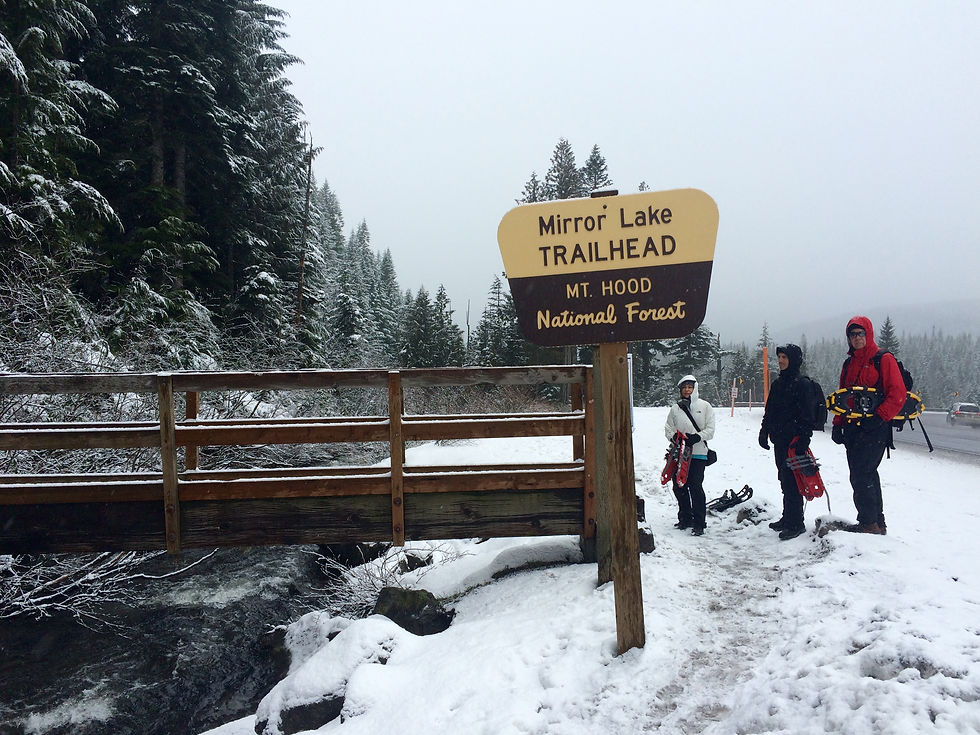Psoas, So What?
- Courtney Truax, LMT

- May 25, 2022
- 4 min read

One of the strongest and most important muscles in our entire body is the Psoas (pronounced So-As). The Psoas attaches to your spine on the anterior side (belly button side) and runs down through the pelvis and attaches to the top of the femur bone. It is the only muscle that truly connects your spine to your legs, giving you your posture, balance, stability, and movements of both upper and lower body. This muscle is extremely deep in your core area and lies beneath so many other layers of muscles that it is not easily palpable and can affect your organs and emotions, as well as the muscles in the body.
So what does the Psoas do? The Psoas muscles consist of both slow and fast twitching muscles and are major flexors. The Psoas allows you to:
bend at the hips
bring your legs up toward your chest
move your legs forward when you walk or run
stabilize your core and spine during most movements, and even while sitting.
The Psoas is also connected to your breath as the diaphragm and Psoas muscles are connected by fascia, and the tendons attaching the diaphragm to the spine is right next to the beginning attachments of the Psoas muscle. This means that any time your breath quickens from excitement, fear, or stress, your Psoas muscles will contract.

When your Psoas muscles are constantly in a state of contraction, the results cause the muscles to become shortened and tight, causing pain and limit your range of motion and make movements more difficult. Any prolonged sitting, long distance running or walking, cycling, doing sit-ups, frequently weight training, and even sleeping in the fetal position at night can cause your Psoas muscles to become tight.
Often times muscular imbalances are caused from either the Psoas muscles being too tight or too weak. If you have been sitting for too long and you stand up, you may find yourself bent over a little when you first get up and may even experience some lower back and hip pain. Do you find yourself grabbing your low back and limping a few steps before you can fully straighten up? That is a tight Psoas muscle causing this postural imbalance. Also, if you go on a big hike or snowshoe trek and find that it is difficult or even painful to continue to lift your legs up miles into the trail or when you are heading back to your car, making you limp in discomfort, that is an overused Psoas that needs to relax. People who have more of a sway back often time have a weak Psoas. Their Psoas muscle is not strong enough to pull the body back into an upright posture, allowing their hips to rotate forward in over extension and giving the sway back and even causing a little bit of a duck waddling walk.
Here are some signs that might mean you could have a Psoas muscle imbalance:
Postural misalignments. When you stand upright, your body isn’t in a straight line from head to toe. Often times this is seen with a swayback, or having the head protruding forward.
Knee and low back pain.
Discrepancy in leg lengths and limping on one leg.
Difficulty with bowel movements and constipation.
Menstrual cramps.
Shallow breathing from the chest.
Pain in hips and back after prolonged sitting, walking, cycling, exercising.
Difficulty and discomfort in going up stairs, squatting, or doing sit-ups.
Here are some tips on how to help get your body back in balance:
Avoid sitting for prolonged periods of time. Get up and move around every hour if you can. On long car trips, stop every couple of hours to stretch.
Sit in a supportive chair that has a good lumbar support. You may even place towels or pillows under your sit bones and behind your low back while sitting and driving to help.
Switch up your exercise activities. If you do a lot of running, walking, sit-ups, or heavy weight lifting, try resting from those movements for a bit and do some other forms of exercise such as swimming or yoga instead.
Focus on your posture. Think of all the times your mom or grandma told you to stand or sit up straight. Work on having good posture when sitting or standing. Think about it throughout the day and adjust your body accordingly.
Get a professional massage from a practitioner who can help relax and relieve a tight Psoas muscle for you.
Practice yoga stretches that help restore the balance of a tight Psoas.
Work on strengthening your core muscles to help with a weak Psoas muscle.

When your Psoas muscles are out of balance, it can cause a lot of back and hip pain. It can make getting up and down and even bending over difficult. It can cause you to limp, and it can make you have postural imbalances, throwing your center of gravity off. The Psoas muscles is one of the most important muscles in the body. It connects your upper body and spine to the lower body and legs. It is a pivotal muscle that flexes and rotates your spine, hips, and legs. Be aware of your Psoas muscles and take care of them. Whether the muscles need to be relaxed or strengthened, bringing balance back to the body is important. You will be able to move more fluidly and pain free with a happy Psoas.





Comments